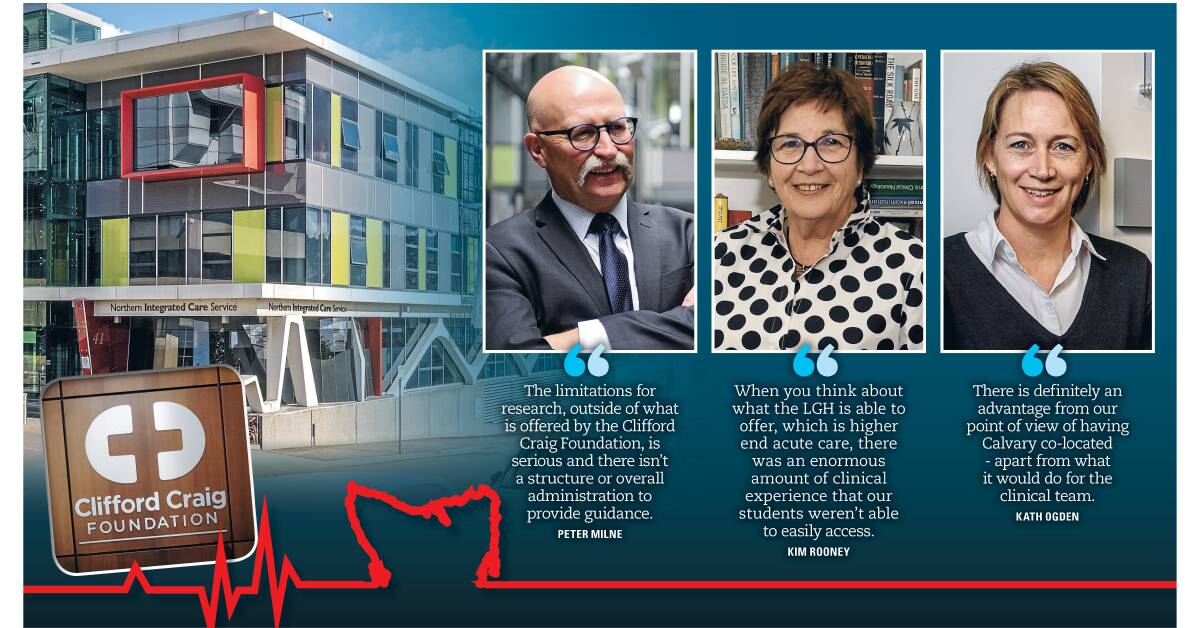
Research, teaching and service delivery are the key organisational pillars of Launceston General Hospital.
Subscribe now for unlimited access.
$0/
(min cost $0)
or signup to continue reading
However, despite being the North's principal referral hospital there are concerns the hospital lacks a strategic direction when it comes to clinical research.
This week, The Examiner's series Critical Condition explores how research, training and education could be a key element of a co-located health service transformation in Launceston.
This includes recognising and investing in research and training to ensure the region's capacity to recruit, train and retain medical specialists, advanced trainees and high calibre health professionals.
With Calvary Healthcare's $100 million unsolicited bid for a co-located hospital on the table, stakeholders say the opportunity to better connect the public and private sectors can't be wasted.
Filling the gaps
The Launceston General Hospital is Northern Tasmania's principal referral hospital.
Like all tertiary hospitals, the three pillars of clinical research, teaching and clinical service delivery comprise its organisational activities.
But for years, the Clifford Craig Foundation - the LGH's health promotion charity - has held serious concerns about the uncoordinated nature of research being conducted at the hospital - outside of what's offered by the foundation itself.
This includes limitations around the support for advanced trainee clinician research and lack of strategic direction, with opportunities to maximise research activity and capacity at the LGH not being utilised.
So, in 2016 the foundation commissioned KP Health to establish a Northern Tasmanian Strategic Framework for Clinical Research.
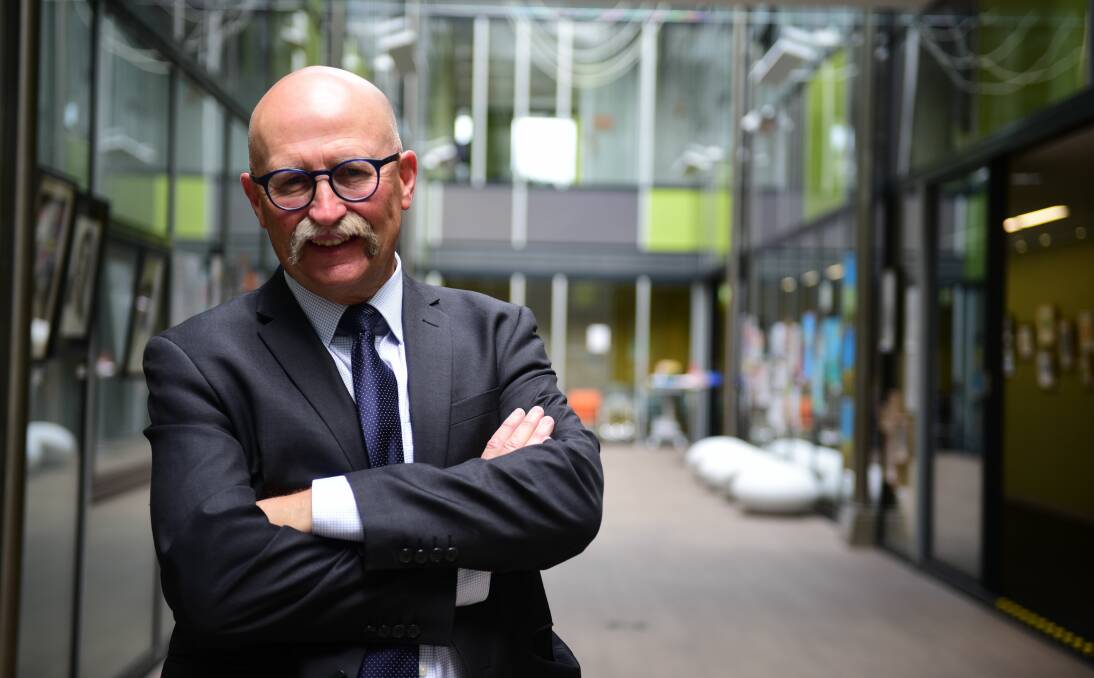
Its objectives included improving access to new and emerging diagnostic and treatment options for Northern Tasmanians; to embed a culture of clinical research excellence at the LGH; and to support clinical workforce recruitment and retention at the LGH.
It also identified that the LGH has no recording system for research being carried out at the hospital.
As part of the framework, KP health sought to undertake a review of the clinical research being undertaken at the hospital, but was unable to complete it because of a lack of information.
Comparatively, the Royal Hobart Hospital, North West Regional Hospital and Mersey Community Hospital all have organised administrative systems of research governance.
The framework also identified the need for further investment, with clinicians reporting they conduct their research with little support from the hospital.
"Research governance at the LGH urgently requires resources and support as contemporary systems of research administration need to be introduced to provide the LGH with robust systems for clinical research quality assurance," the framework reads.
"Investment in a research office and associated research advisory functions will further strengthen research governance, but will also provide clinician researchers with much-needed resources to improve their research outputs and productivity."
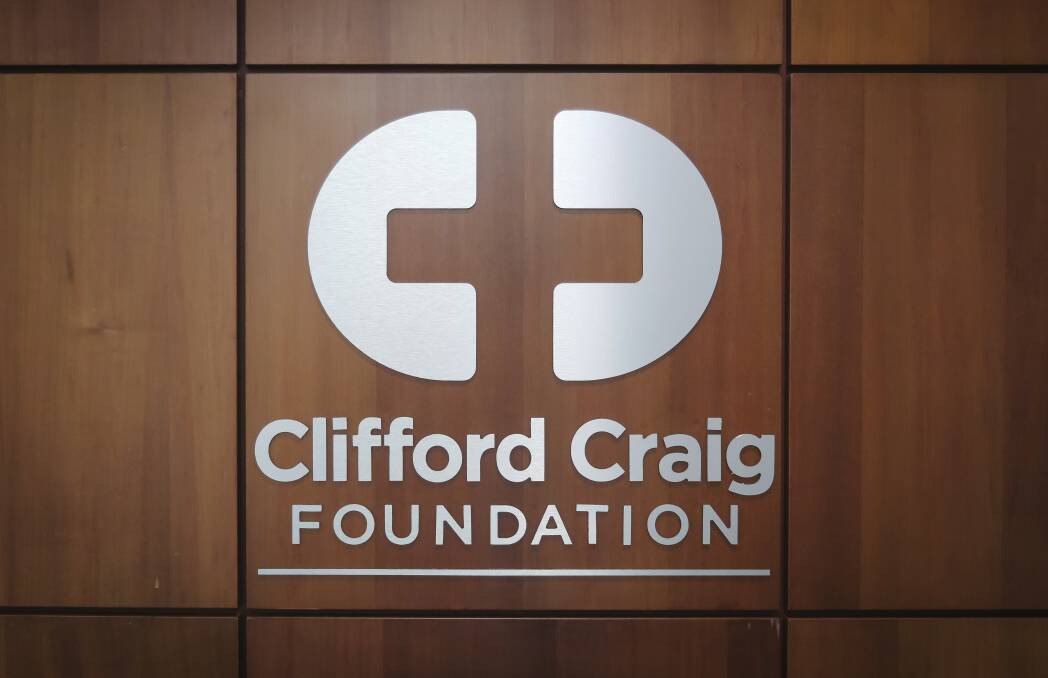
The framework was endorsed by then Health Minister Michael Ferguson, who said it presented a "significant opportunity to develop and entrench a culture of research excellence at the LGH, as well as to promote stronger partnerships with key stakeholders such as the Clifford Craig Foundation and the University of Tasmania".
The framework was then referred to then Health Department secretary Michael Pervan. And, in the more than three years since, the Clifford Craig Foundation also presented a business case to both the state and federal governments for establishing a research innovation centre for the North and North-West of the state.
Clifford Craig Foundation chief executive Peter Milne said the business case took into account every aspect of the strategic framework, and now remains with current Health Minister Sarah Courtney.
However, in the context of the Launceston General Hospital masterplan and Calvary's unsolicited $100 million bid for a co-located hospital, Mr Milne said ensuring Northern Tasmania had a strategy for clinical research and training had never been more important.
IN OTHER NEWS:
"The in-depth framework articulated the aims and objectives of clinical research at the LGH and other Northern Tasmanian public hospitals, priorities for improving clinical research at the LGH and roles of partner organisations involved in clinical research in the region," he said.
"With the growing discussion of the co-located hospital model in Launceston, it would be opportune and timely to revisit the recommendations of the framework and commit to a shared strategic direction for clinical research and training.
"This would enable the establishment of a transformational model that would be nationally recognised for its leadership in research and training that addresses the healthcare challenges faced by regional and rural Australia."
When asked about the framework, including whether the government was considering the business case for a establishing a research innovation centre for the North and North-West, Health Minister Sarah Courtney said the government was committed to engaging constructively with all stakeholders.
"The Tasmanian government values the contributions and ongoing work by the Clifford Craig Foundation towards improving health services and attracting world class clinicians to Northern Tasmania," she said.
"The government is committed to continuing to engage constructively with all key stakeholders, particularly through the Our Healthcare Future reform work, to continue to drive better care and deliver the best possible outcomes for patients in Tasmania.
"The Clifford Craig Foundation plays a valued role supporting research in Northern Tasmania, and I look forward to continuing to strengthen this partnership into the future."
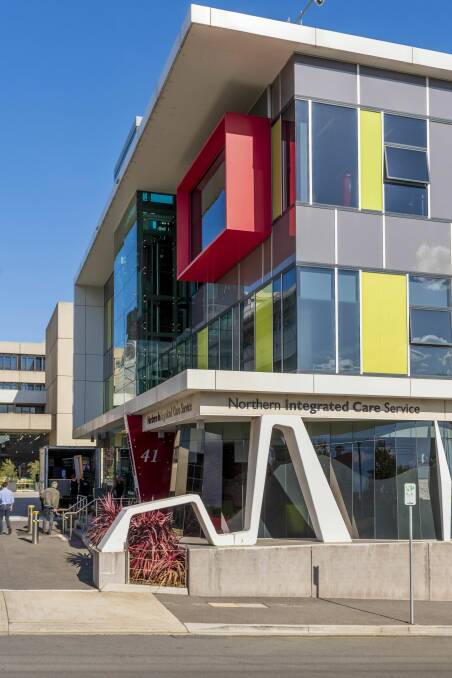
In 2020 alone, the Clifford Craig Foundation provided more than $790,000 in funding for medical research projects conducted in the North and North-West of the state.
Its ongoing support has also been recognised as a major incentive for attracting and retaining specialists to the region, with the organisation providing on average about $600,000 in medical research grants, each year over the past decade.
However, Mr Milne said the foundation would only ever be able to "fill the gaps", with a research innovation centre just one way Launceston could ensure a competitive advantage.
"The limitations for research, outside of what is offered by the Clifford Craig Foundation, is serious and there isn't a structure or overall administration to provide guidance," he said.
"We try to fill the gap, but obviously we can't fill the whole gap for the whole hospital.
"Regional communities do struggle to attract and retain good clinicians, so we need a competitive advantage over capital cities.
"If we put this model in place here, to service the North and North-West, then it makes it more attractive for people who want to come here for lifestyle, or for work purposes, to actually be researchers.
"The whole co-location proposal only adds to it. If that goes ahead, doctors will come here and think - I could work in the public and private systems, I could do research, training - it's all those little elements that will attract people to come here."
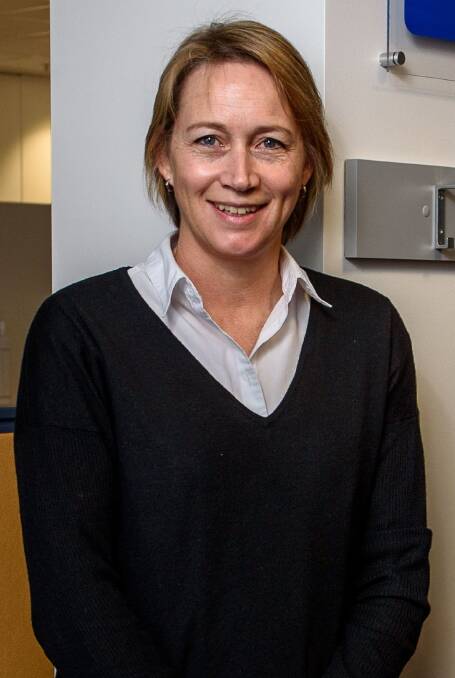
Capacity for critical inquiry
As an accredited teaching hospital, the LGH has a close working relationship with the Launceston Clinical School.
The school is co-located within the Northern Integrated Care Service building at the LGH and receives an annual intake of about 100 medical students each year, across years four and five of those completing a Bachelor of Medicine and Surgery.
Beyond just education and training, the school plays a critical role in integrating the next generation of health professionals into the community.
Senior lecturer Dr Kath Ogden said while they already had an established relationship with Calvary Healthcare, a co-located hospital could work to improve the capacity for student placement in the private system.
"There is definitely an advantage from our point of view of having Calvary co-located - apart from what it would do for the clinical team," she said.
"At the moment our students have to travel - and that's OK, they can walk - but it would be much easier to have them in clinical placement located more closely to us."
Dr Ogden said improved integration between the public and private systems could also help to secure Northern Tasmania's future health workforce, including incentivising students to stay in the state.
"We know that if students have good experiences and they develop good relationships with the medical and health professional community locally, they are more likely to come back," she said.
"They will often leave for training purposes, but we see a lot of our students return.
'It's a really important part of our work at the clinical school here, to integrate students into the community, so they feel part of it, and they are more likely to stay or come back."
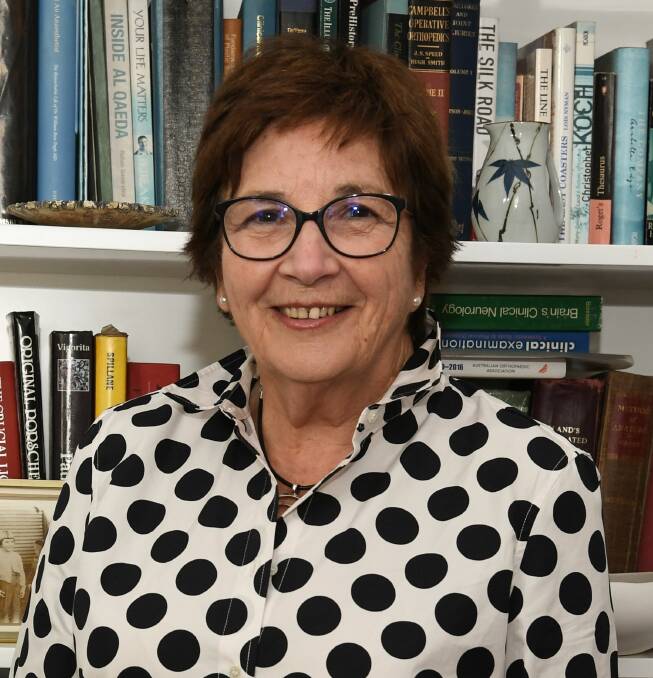
It's a sentiment echoed by the clinical school's former director Dr Kim Rooney, who retired in 2018 after 11 years in the role.
Having worked at the LGH since 1983, and as a former director of the Australian Medical Council and member of the Royal Australasian College of Physicians' national examiners panel, she said by offering doctors, trainees and practitioners good experience and education in a regional area, there was a much higher change of keeping them there.
"One of the really important things that we felt from the university perspective was that the concept of having the capacity for critical inquiry - that is how to ask questions - is really important in medical training and research underpins that," she said.
"An important advantage is to have that research conducted or embedded in real practice. So we were very fortunate in being supported by many of the consultants within the Launceston General Hospital, to work with our students on specific questions of interest to them.
"But when you think about what the LGH is able to offer, which is higher end acute care, there was an enormous amount of clinical experience that our students weren't able to easily access - because it was being conducted in the private sector."
Dr Rooney said research in areas such as orthopaedic activity, joint replacement, chronic illness management and palliative care were often difficult to organise for students because it was "fractured and decentralised".
"Often the consultants that were offering that ability, they are the same people in both [public and private] sectors - but they can only be divied up to a certain extent," she said.
"So we always thought that in terms of the opportunity for a co-location, that would be a really great incentive to broaden the inquiry and the engagement potential of students actually working in place.
"We were the first school ... to actually promote the concept of research and clinical inquiry as a key element in training.
"It's critically important, when you think about career progression, it's a highly competitive field to get into advanced training and one of our brownie points or key attributes was that a student who had a background already in research principles or activity, has a foot in the door when they go to apply for advanced training positions."
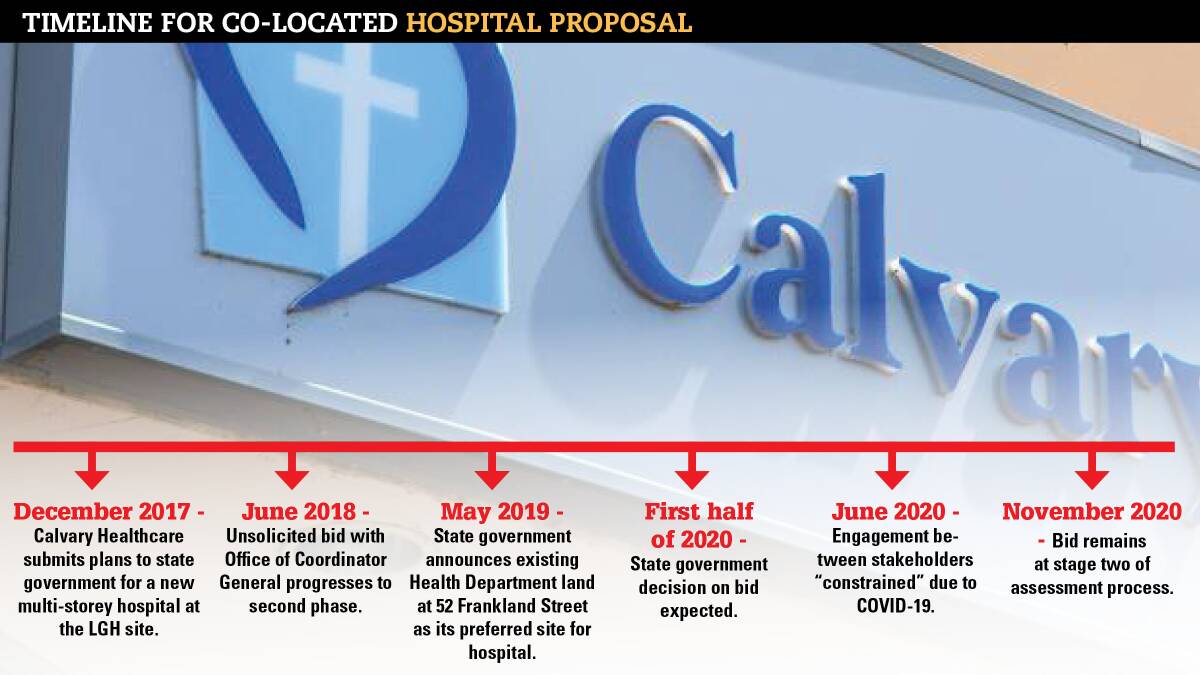
A co-located future
Three years since it was first put to the state government, Calvary Healthcare's unsolicited bid for a private co-located hospital remains at stage two of the assessment process with the Office of the Coordinator General, who is continuing to work through the proposal alongside Calvary and the Health Department.
Health Minister Sarah Courtney said a development of this size had "a range of complexities which take time to work through to ensure that the best possible health care outcomes are achieved for the state", while Calvary management say they are committed to the process underway, and are working with the government on progressing timelines.
- This article is part of a six-week series Critical Condition exploring the what the future of health service delivery in Northern Tasmania looks like.
Our journalists work hard to provide local, up-to-date news to the community. This is how you can continue to access our trusted content:
- Bookmark www.examiner.com.au
- Make sure you are signed up for our breaking and regular headlines newsletters
- Follow us on Twitter: @examineronline
- Follow us on Instagram: @examineronline
- Follow us on Google News: The Examiner


